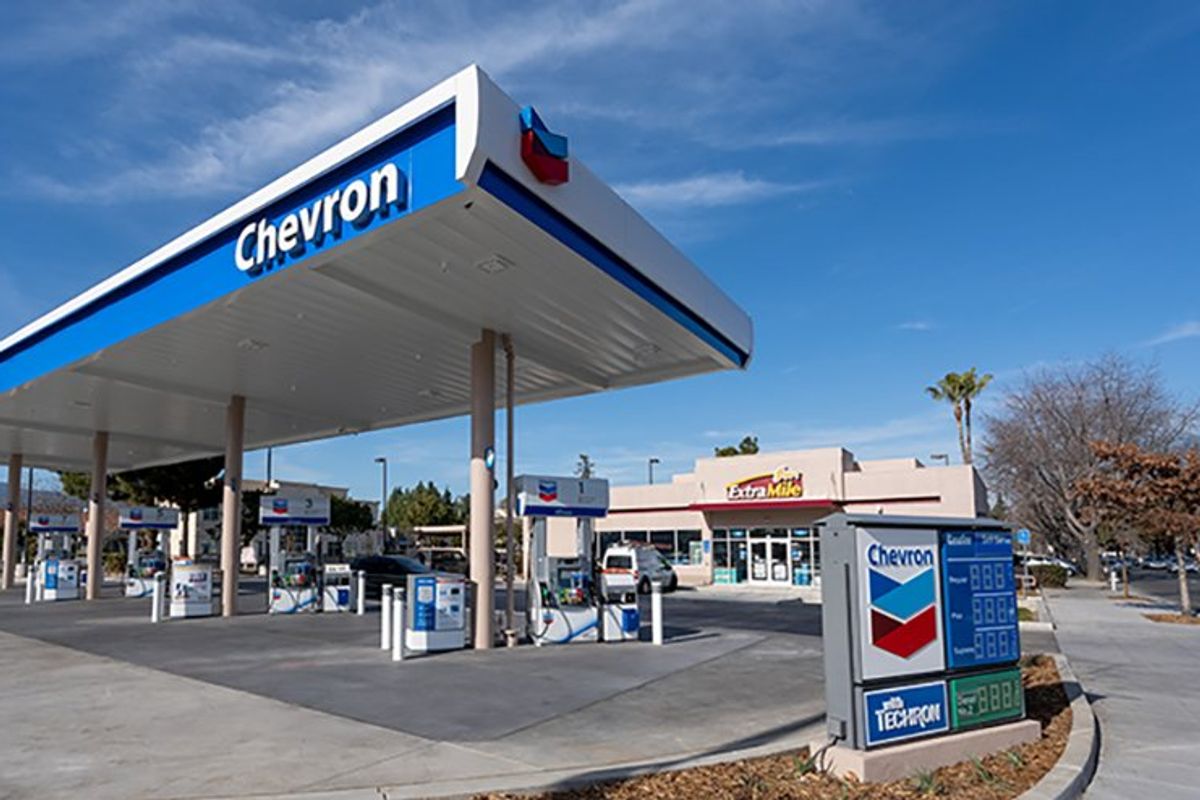Investor on Texas as a climatetech hub, disruption opportunities with the grid, and more
Q&A
One of the biggest challenges to the energy transition is finding the funds to fuel it. Tyler Lancaster, partner at Energize Capital, is playing a role in that.
Energize Capital, based in Chicago, is focused on disruptive software technology key to decarbonization. One of the firm's portfolio companies is Amperon, which raised $20 million last fall.
In an interview with EnergyCapital, Lancaster shares what he's focused on and why Amperon caught Energize Capital's attention.
EnergyCapital: Energize Capital has been investing in climate tech for the better part of a decade now. What types of companies are you looking for and how are these companies’ technologies affecting the greater energy transition?
Tyler Lancaster: We partner with best-in-class innovators to accelerate the sustainability transition. This means identifying climate technology companies at various stages of maturity — from early commercialization to approaching the public markets — that we can help scale and realize their full potential. We invest in software-first climate technology businesses, with a focus on asset-light digital solutions that can help scale sustainable innovation and enable the new energy economy. Our portfolio currently drives software applications across renewable energy, industrial operations, electrification & mobility, infrastructure resilience, and decarbonization. We primarily focus on proven, commercially available and economically viable energy transition solutions (solar, wind, batteries, heat pumps, etc.). These solutions suffer from challenges related to efficient deployment or operations, where enabling digital platforms can play a key role in optimizing costs.
EC: Amperon is one of Energize Capital's portfolio companies. What made the company a great investment opportunity for Energize Capital?
TL: Accelerating the energy transition will require critical forecasting tools like what Amperon provides. This is underscored by the escalating impact of extreme weather events, increasing penetration of variable energy resources, like wind and solar, on the supply side, and surging demand growth driven by flexible loads and rapid electrification. We believe the need for Amperon’s platform will only continue to grow, and their increased raise from Series A to Series B showed they are scaling smartly. We’ve also known Sean Kelly, Abe Stanway, and the entire Amperon team for a long time, and building strong relationships with founders is how we like to do business. Amperon has built a blue-chip customer base in the energy sector in a very capital efficient manner, which is more important than ever for startups operating in the current equity market environment.
EC: One of the energy transition’s biggest problems is sourcing and storing reliable and affordable energy. What have you observed are the biggest problems with Texas’ electricity grid and what types of new tech can help improve these issues?
TL: Today’s electricity grid and the demands we’re putting on it look very different than they ever have. Major changes in climate and extreme weather show how perilous and unreliable the power grids in this country are, particularly in regions like Texas that don’t have the right infrastructure to shield grids from unusual temperatures — just look at the damage done by 2021’s historic Winter Storm Uri. And consumer demand for electricity is increasing as electrification accelerates globally. The makeup of the grid itself is shifting from centralized power plants to distributed clean energy assets like solar arrays and wind turbines, which brings issues of intermittent electricity production and no traditional way to forecast that.
Tech solutions like Amperon are the only way to navigate the nuances of the energy transition. With global net-zero goals and impending Scope II accounting, Amperon’s expertise in granular data management further enables companies to build accurate, dynamic forecasting models with smart meter data and get more visibility into anticipated market shifts so they can optimize their energy use — all of which helps to create a more resilient and reliable power grid.
EC: You are also on the board of the company, which recently announced a collaboration with Microsoft’s tech. What doors does this open for Amperon?
TL: Partnering with Microsoft and offering its energy demand forecasting solution on the Azure platform enables Amperon to better serve more companies that are navigating the energy transition and a rapidly evolving grid. Many power sector companies are also undergoing cloud migrations with Microsoft Azure having high market share. This partnership will specifically accelerate Amperon’s reach with utility customers, who typically have slower sales cycles but can greatly benefit from improved accuracy in energy demand forecasting and adoption of AI technologies.
EC: As a non-Texas investor, how do you see Houston and Texas-based companies’ investability? Has it changed over the years?
TL: While most tech startups are concentrated on the coasts and in Europe, we see Texas emerging as a hub for energy and climate focused startups due to its vicinity to energy giants, which represent potential customers. Texas leads the country in renewable energy production and sits at the forefront of the transition. Energy companies based in this region are relying on technology innovation and software tools to modernize operations and meet the evolving demands of their customers.
———
This conversation has been edited for brevity and clarity.











